Plans
Over time, designers use different media, which vary according to the period:
- Paper: used to make originals, but also copies.
- Natural tracing paper: appeared in the middle of the 19th century and is obtained by extreme refining of the paper pulp. It becomes brittle with age and tends to yellow.
- Chemical tracing: a process invented in 1858 (immersion in sulphuric acid), it was supplanted in the 1930s by the progress of natural tracing. Flexible and resistant, it keeps well if rinsed properly.
- Polyester (Mylar™): developed from 1955 onwards, its great flexibility and excellent stability over time made it the reference medium until the advent of Computer Aided Design.
For the exchange of information, copies of plans are used in the form of prints, but also microforms:
- Cyanotype prints: more commonly known as “blue prints”, they became widespread from 1870. The process consists of three phases: sensitisation in a bath, exposure to light under an original and, finally, development in water.
- Van Dyke prints: invented at the end of the 19th century, they use the same manufacturing process as the blues, with other products and an additional bath (fixing of the image). The result is a print with white lines on a brown background.
- Diazotypes: commonly used from 1920 onwards, the ammonia-based process facilitates identification. The print, which can be made on paper or tracing paper, is characterised by a brown, blue, purple or black line on a white background.
All these prints are very sensitive to light. They should not be stored in contact with other documents to prevent chemical reactions.
- Microfilm: invented in the mid-19th century, microfilm saves an enormous amount of space. Generally in the form of silver film strips, they have a long life expectancy in good conservation conditions, which makes them a widely used format.
- Perforated cards: these became widespread in the 1960s. The perforation system allows them to be sorted mechanically and it is easy to make inexpensive copies on diazo media. They were replaced in the 1970s by IBM-type window cards.
-
- Microfiche: used from the beginning of the 20th century, this is a rectangular sheet of film containing several images. It is an extremely compact medium and requires a high-magnification camera for reading.



